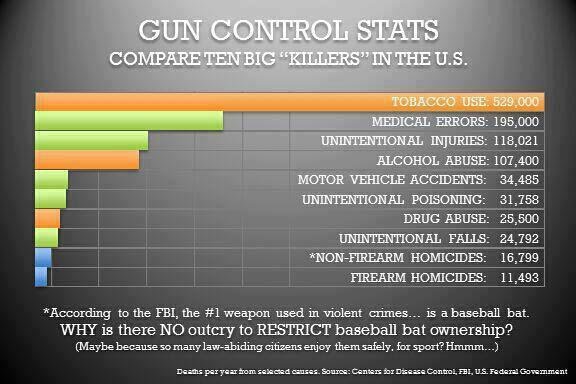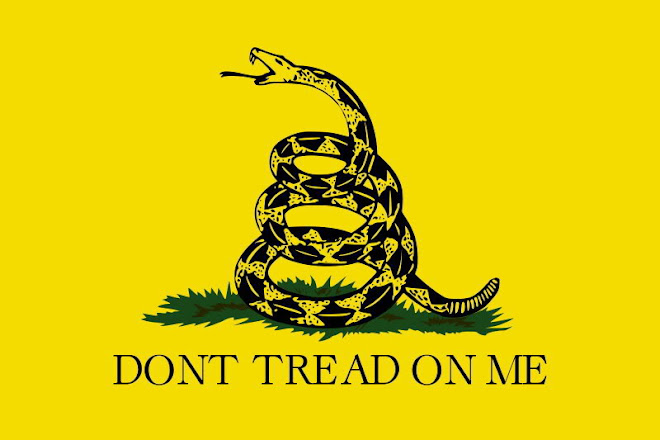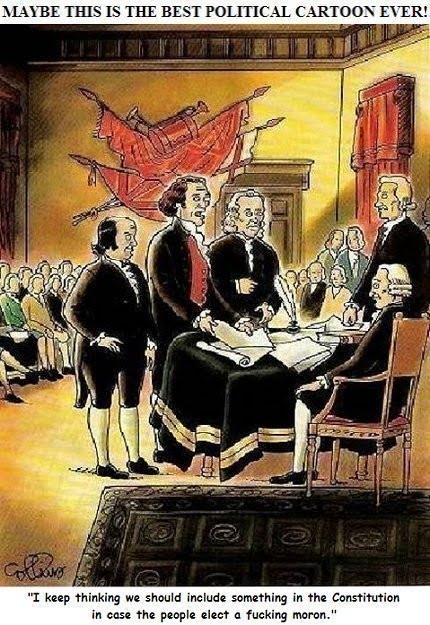Tuesday, April 17, 2012
Republican Landslide in November? History of Undecideds...
It's called momentum...
Undecided Lean To Insurgent
By DICK MORRIS
Published on TheHill.com April 17, 2012
With most current presidential polls of likely voters showing 9 percent to 10 percent undecided, the question of where the undecided votes go becomes of paramount importance.
To answer this question, I compared the final Gallup polls with the actual results in every race in which an incumbent president was opposing an insurgent since 1964. This included the Johnson-Goldwater race of 1964, the Nixon-McGovern race of 1972, the Carter-Ford race of 1976, the Reagan-Carter-Anderson race of 1980, the Reagan-Mondale race of 1984, the Clinton-Bush-Perot race of 1992, the Clinton-Dole race of 1996 and the Bush-Kerry race of 2004.
In these races, the undecided vote went heavily for the insurgent and the incumbent lost vote share between the final poll and the election, even when the incumbent was winning the contest easily overall. Six of eight presidents seeking reelection performed worse than the final Gallup poll predicted, while one finished the same (Reagan in 1984) and one gained votes (Bush in 2004). Seven of the nine insurgent candidates did better than the final Gallup survey predicted.
• In 1964, Johnson lost 3 points to Goldwater at the end.
• In 1972, Nixon lost 1 point to a third-party candidate.
• In 1976, there was a 4-point swing to Carter.
• In 1980, there was a 3-point swing to Reagan or Anderson.
• In 1984, there was no change between the final poll and the results.
• In 1992, there was a 1-point shift away from Bush. In that contest, there was also a 5-point swing away from Clinton to Perot at the end.
• In 1996, there was a 5-point swing away from Clinton and to Dole or Perot.
• Only Bush in 2004 ran better in the result than in the final poll, by
2 points.
In other words, of the total of
19 points that shifted between the final poll and the election results, 17 points or 89 percent went to the challenger.
The implications of these findings are that the current polls, while seemingly close, portend a strong Republican victory. The RealClearPolitics.com average of the past eight presidential horse race polls shows Obama with a 47-44 lead over Romney. But among likely voters, in the Rasmussen survey (all others were of either registered voters or adults), the president was running behind Romney by 48-44.
But given the historical fact that the final results are almost always worse for the president and almost never better, we really need to focus on the Obama vote share rather than his lead or lack of one against Romney. If Obama is, indeed, getting 44 percent of the vote, he is likely facing, at least, an 11-point loss. If he is getting 47 percent of the vote, he is looking, at least, at a 6-point defeat. (Given the fact that six of the eight incumbent presidents not only lost the undecided, but finished lower than the pre-election survey predicted, it would be more likely that Obama's margin of defeat would be greater than even these numbers suggest.)
There are other indications of a Republican landslide in the offing. Party identification has moved a net of eight points toward the GOP since the last election. In Senate races, there are currently eight Democratic-held seats where Republicans are now leading either the Democratic incumbent or the Democratic candidate for the open seat.
The predictions of a close election are all based on polling of registered voters -- not likely voters -- and fail to account for the shift in votes against the incumbent that has been the norm of the past presidential contests.










































































